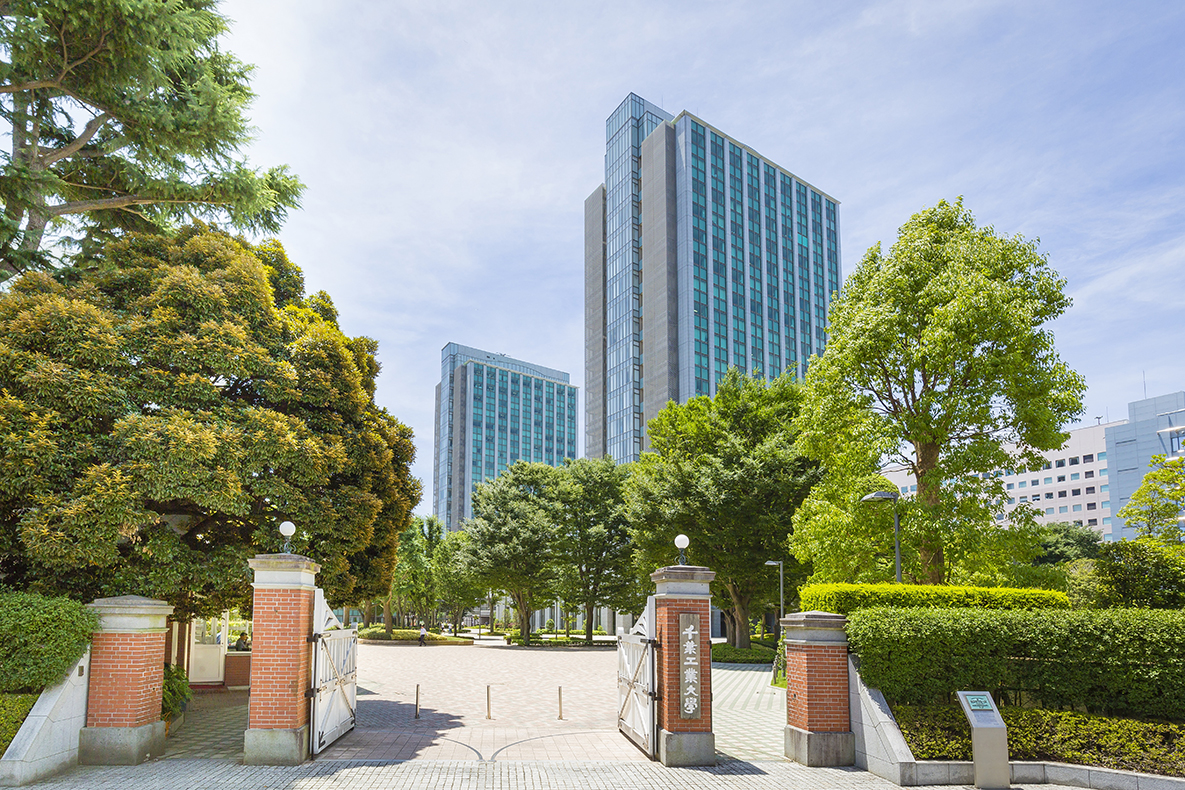Tokyo Institute of Technology and Chiba Institute of Technology have jointly revealed that the surface soil of the Mars satellite may contain more than 10 times the surface material of the main body of Mars, which is more than the conventional estimate. JAXA's Martian Moons eXQ program is expected to elucidate the entire history of Mars.
Mars has a similar surface environment to the Earth in the past, and is an important exploration target for understanding the origin and evolution of the planets that nurture life.As a Mars exploration plan, "Mars 2020" is being promoted in Europe and the United States, and "MMX" is being promoted by JAXA in Japan for Martian moons (Phobos and Deimos).When a small celestial body collides with the main body of Mars, the surface material of Mars is blown off, and a part of it reaches Phobos, which is orbiting near Mars, and accumulates. It may be possible to collect it in the MMX plan.
Small body impacts have occurred on Mars from 5 million years ago to the present.The research team quantitatively evaluated the transport process of collision debris from Mars to Phobos by high-resolution collision calculation and detailed orbital calculation of debris.As a result, it was shown that about 10 to 100 times the amount of Martian surface material was transported to Phobos.
Furthermore, it was found that the collision of small bodies everywhere on Mars carried the surface material of the entire Mars to Phobos and uniformly mixed it on the surface of Phobos.Estimates indicate that if 10 g of a sample is taken from Phobos, it will contain at least 30 Martian particles.With that, it is likely that we will have a sample containing information on all ages on Mars (seven geological age groups).
This research shows that Japan's Mars satellite sample return project may be able to obtain a sample that can decipher the entire history of Mars before exploring the main body of Mars in Europe and the United States.
Paper information:[Scientific Reports] Transport of impact ejecta from Mars to its moons as ameansto reveal Martian history


